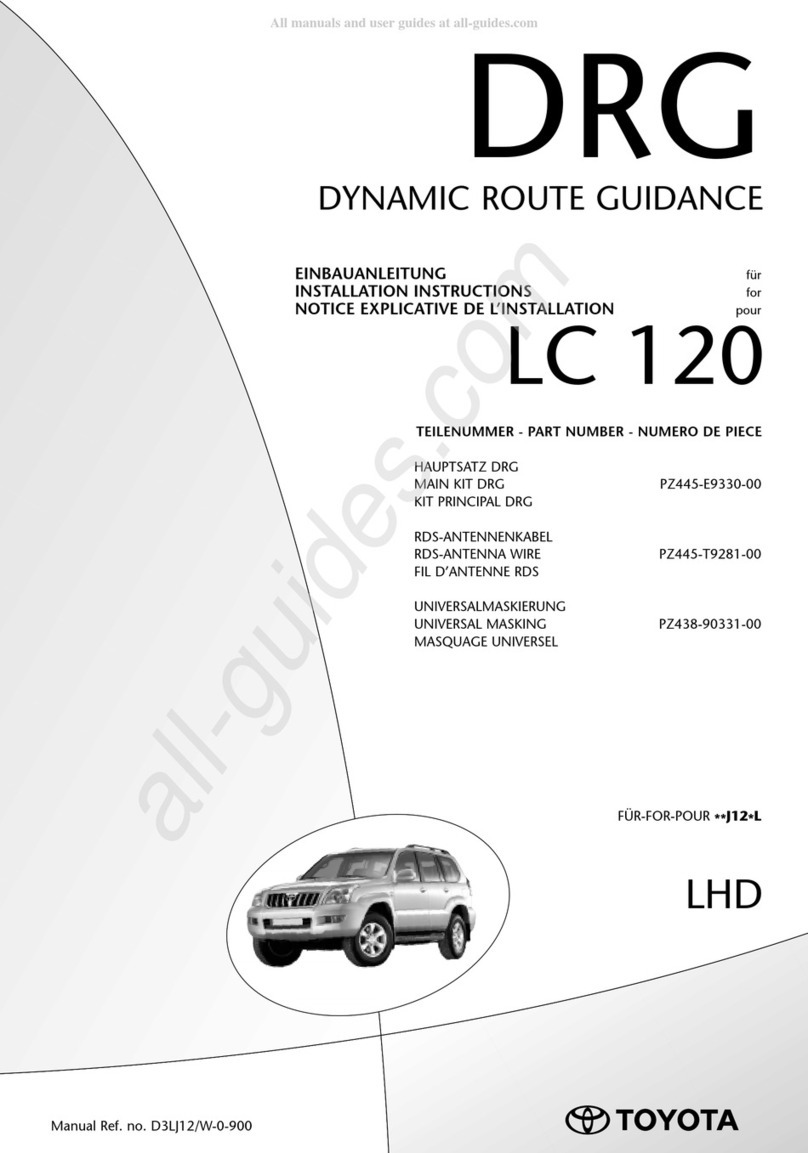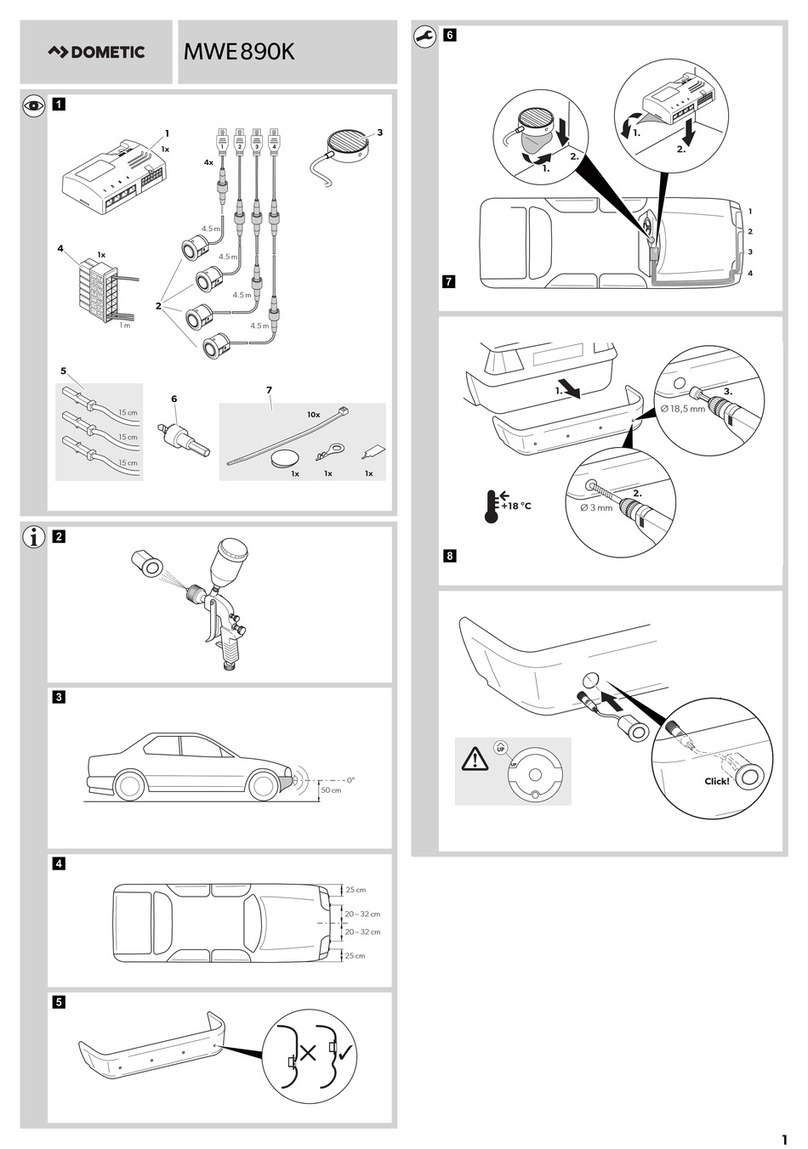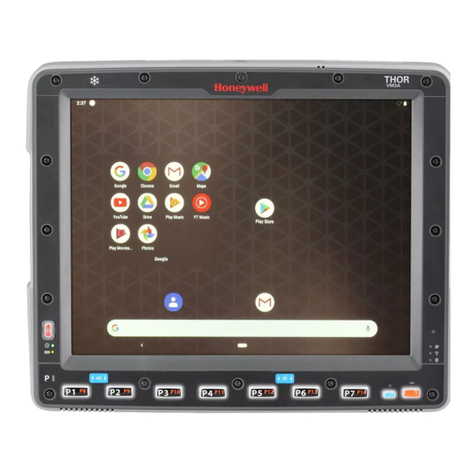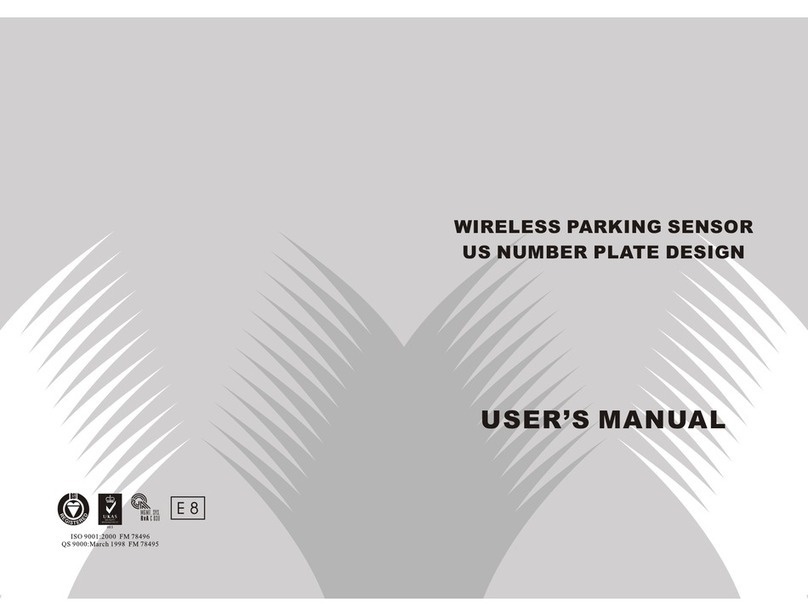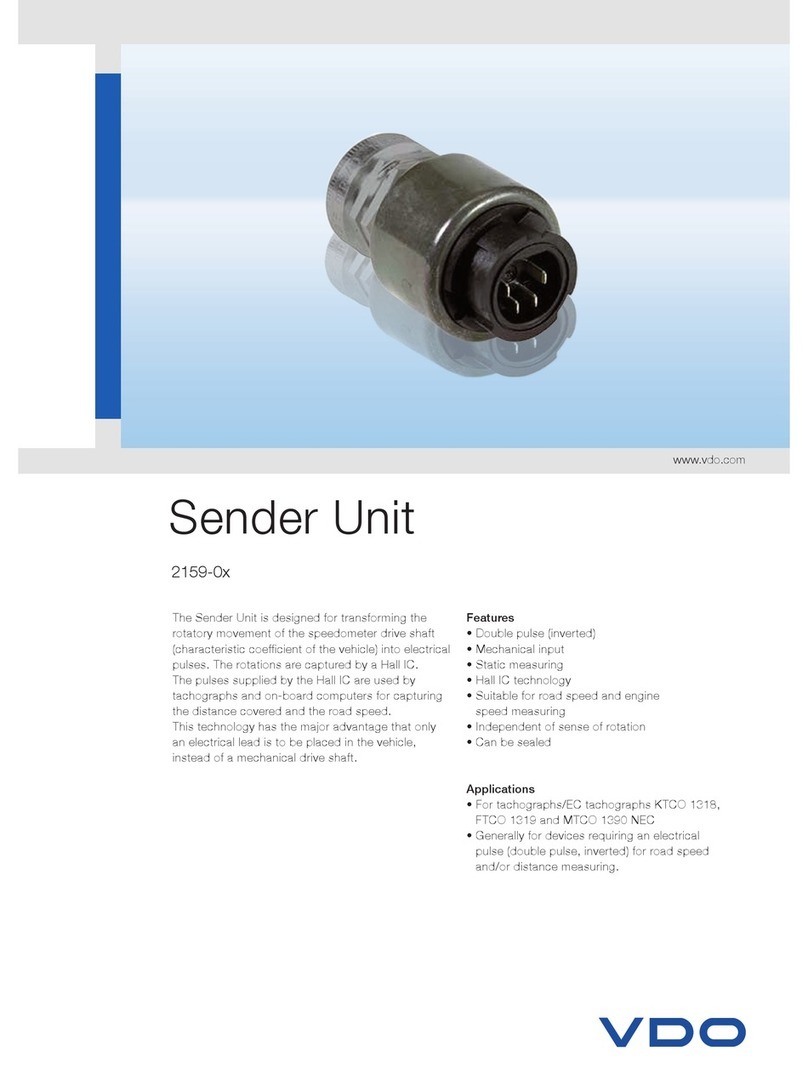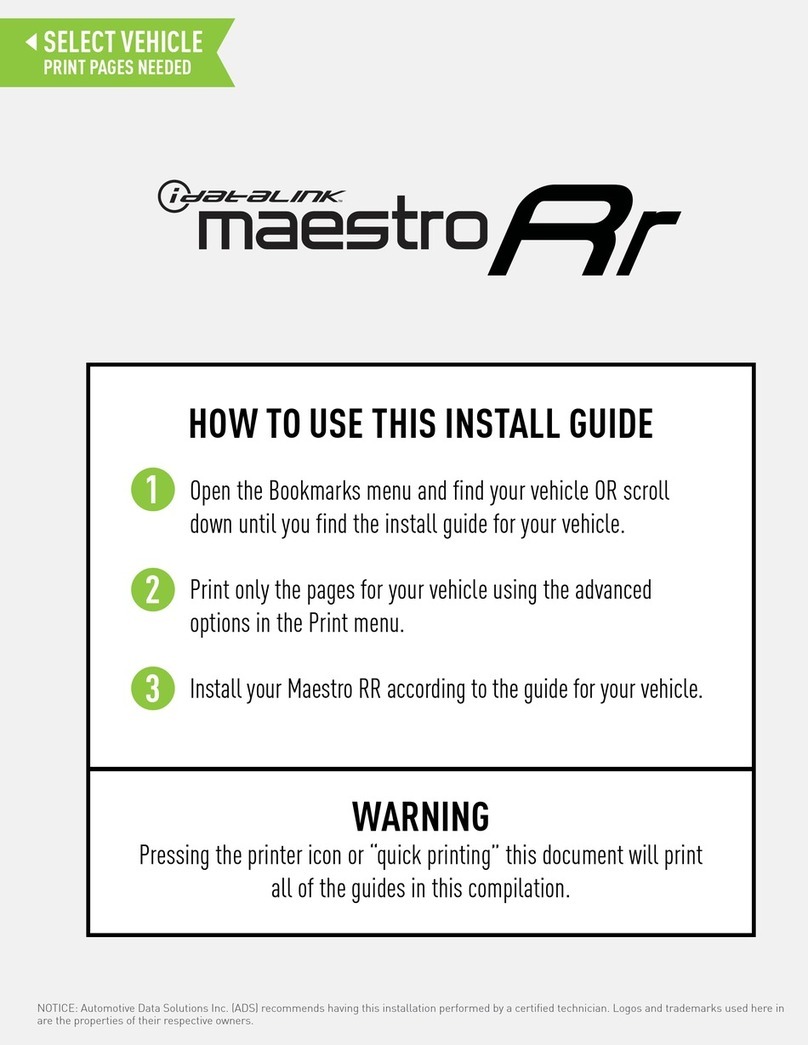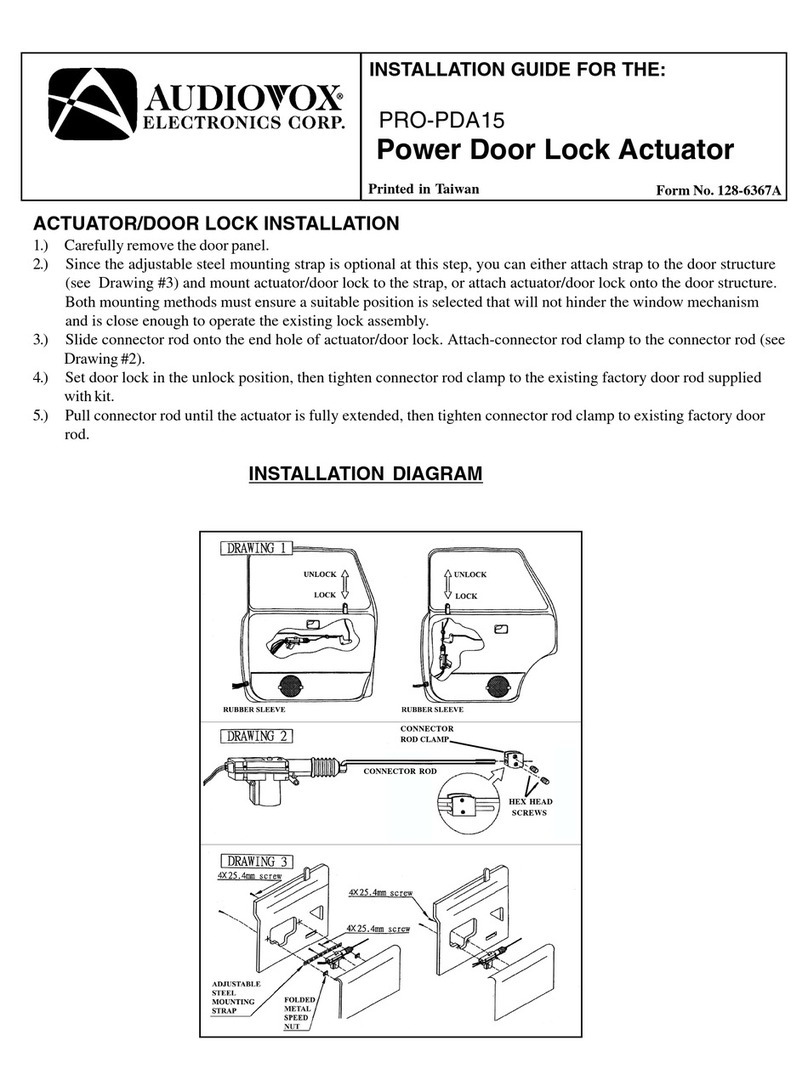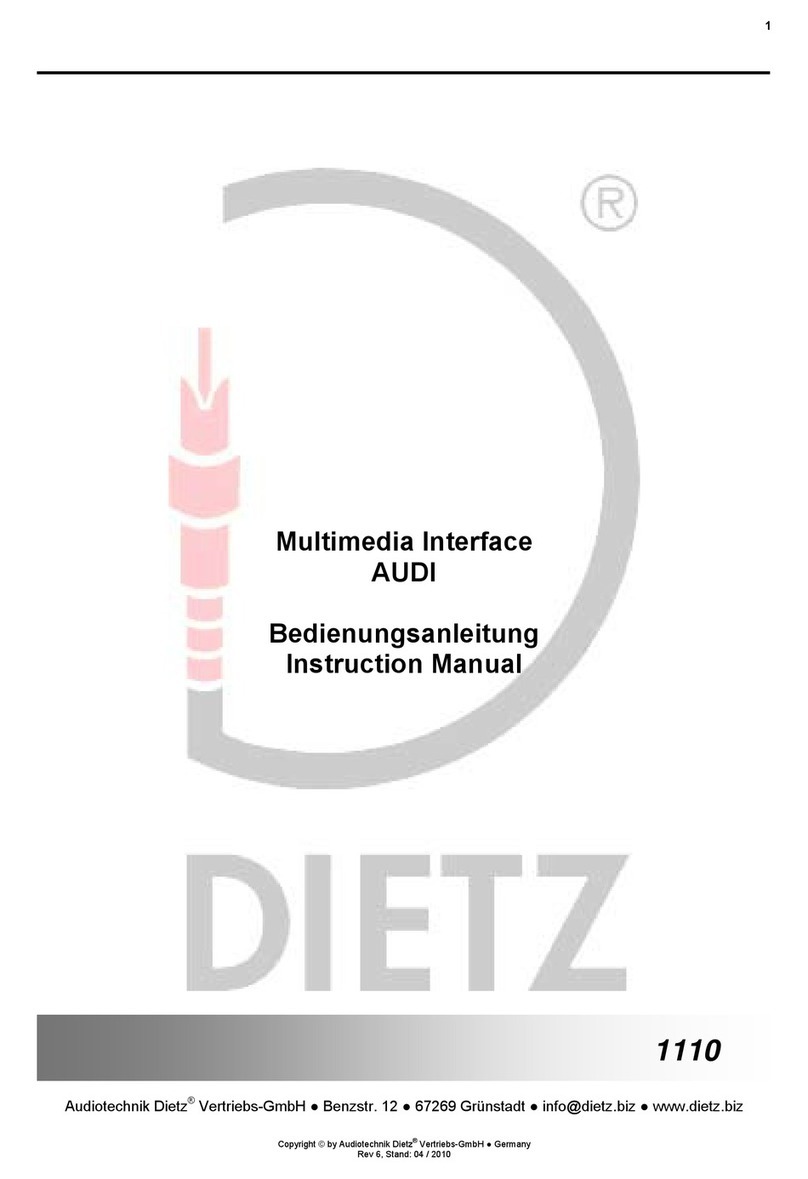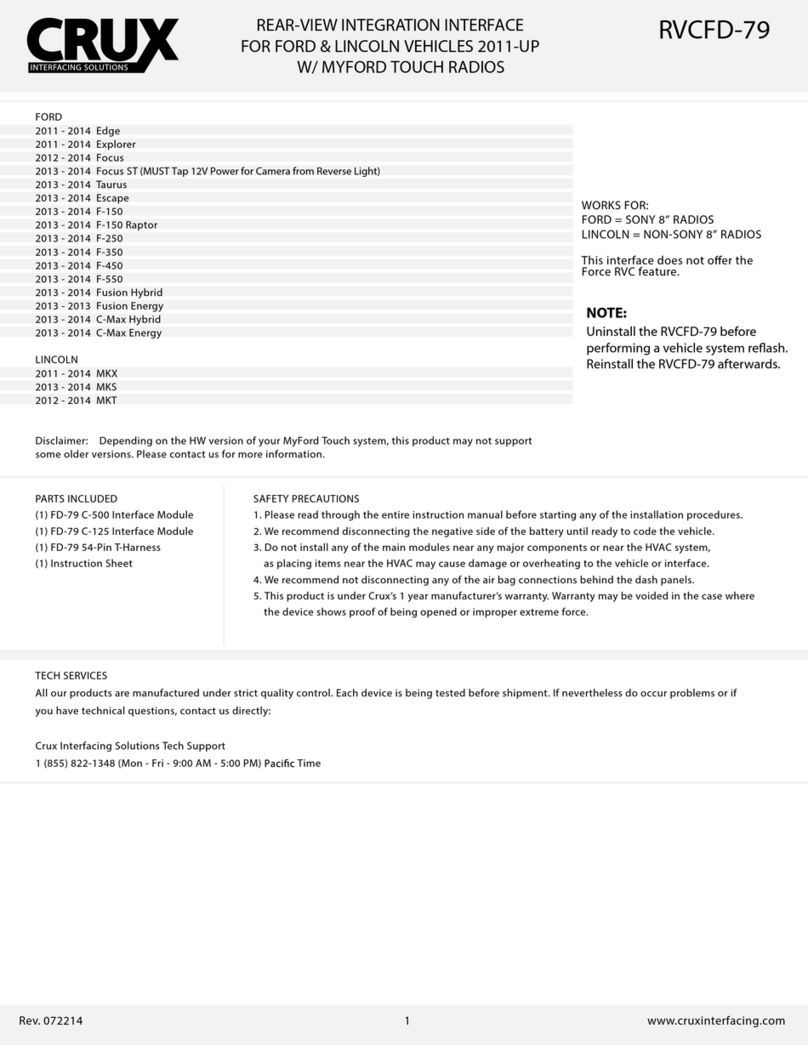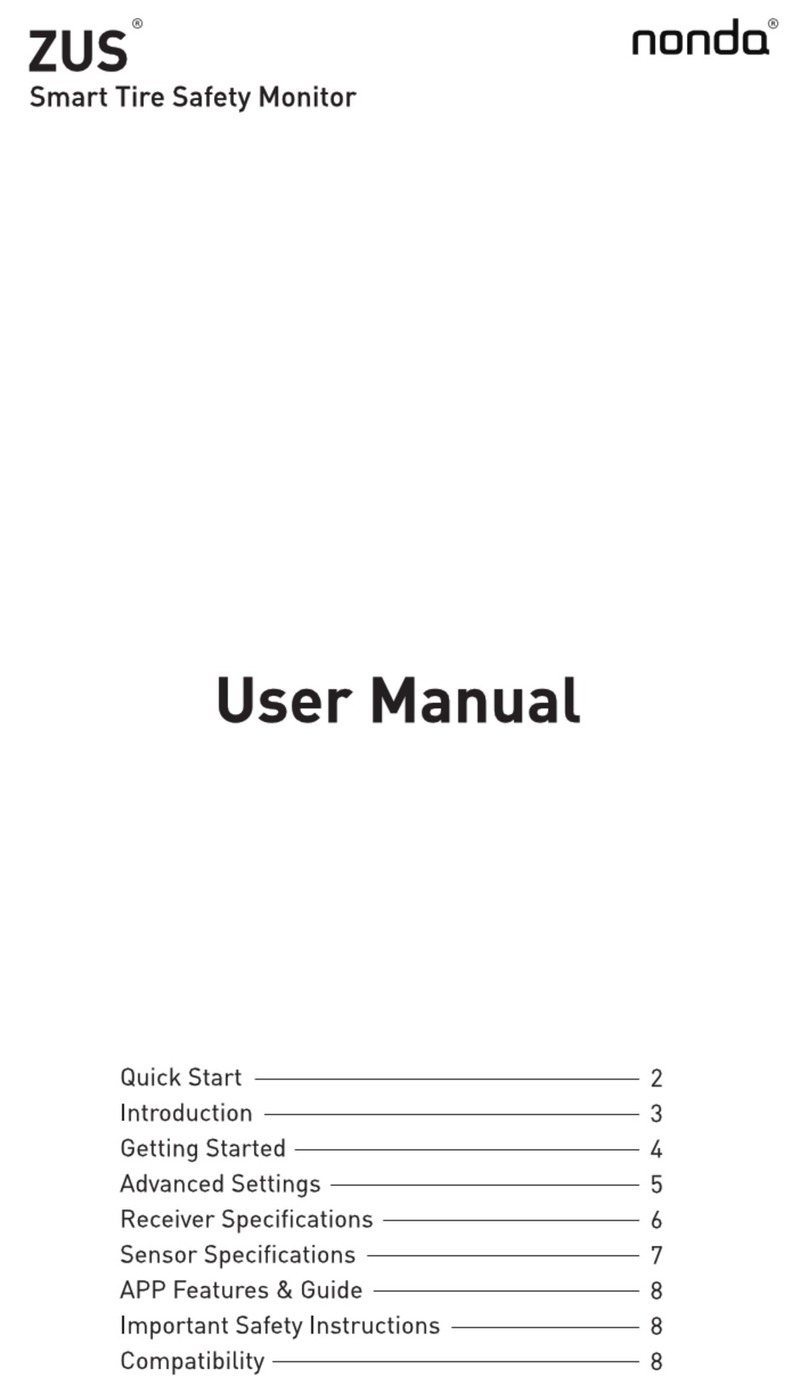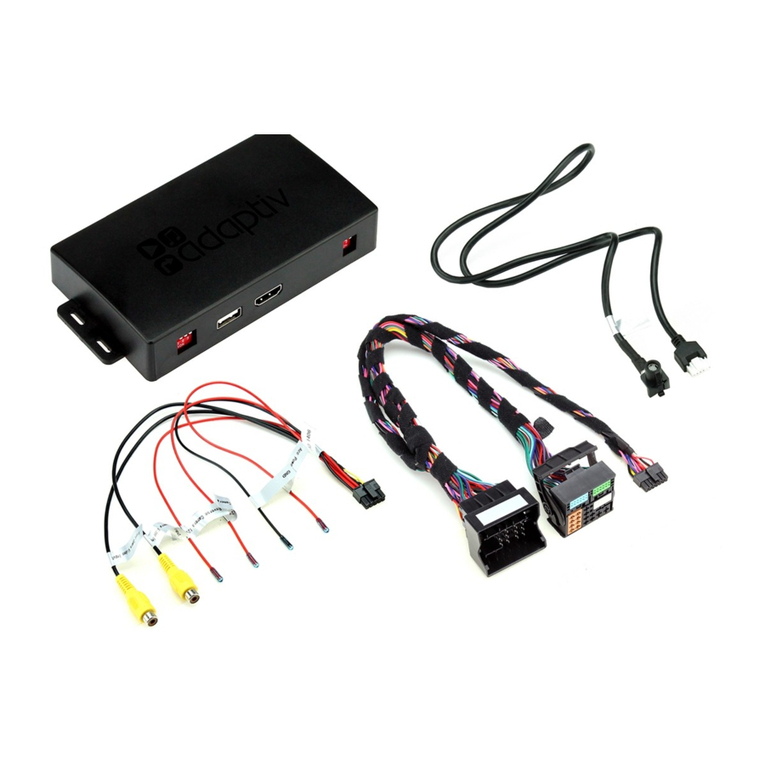
User Manual of Parking Camera
7
7.3.8 Configuring UPnP™ Settings ...........................................................................................43
7.3.9 Email Sending Triggered by Alarm ..................................................................................44
7.3.10 Configuring NAT (Network Address Translation) Settings...............................................45
7.3.11 Configuring FTP Settings .................................................................................................46
7.4 Configuring Video and Audio Settings ..................................................................................... 47
7.4.1 Configuring Video Settings .............................................................................................47
7.4.2 Configuring ROI Encoding ...............................................................................................48
7.5 Configuring Image Parameters .................................................................................................50
7.5.1 Configuring Display Settings ...........................................................................................50
7.5.2 Configuring OSD Settings ................................................................................................53
7.5.3 Configuring Text Overlay Settings ...................................................................................54
7.5.4 Configuring Privacy Mask................................................................................................54
7.6 Configuring and Handling Alarms.............................................................................................55
7.6.1 Configuring Motion Detection ........................................................................................55
7.6.2 Handling Exception .........................................................................................................57
Chapter 8 Configuration Parking Space Detection ..................................................................... 59
8.1 Configuring Detection Rules.....................................................................................................59
8.2 Configuring Space Indicator .....................................................................................................60
8.3 Uploading Pictures ...................................................................................................................63
8.4 Checking Space Status..............................................................................................................64
8.5 Typical Applications..................................................................................................................65
8.5.1 Built-in Indicator Application ..........................................................................................65
8.5.2 Opposite Spaces Detection Application ..........................................................................65
8.5.3 External Indicator Application ........................................................................................ 66
8.5.4 Special Space Application ...............................................................................................67
Chapter 9 Storage Settings ........................................................................................................ 69
9.1 Configuring NAS Settings..........................................................................................................69
9.2 Configuring Recording Schedule ..............................................................................................71
Chapter 10 Playback ............................................................................................................... 73
Chapter 11 Log Searching........................................................................................................ 75
Chapter 12 Others................................................................................................................... 76
12.1 Managing User Accounts .....................................................................................................76
12.2 RTSP Authentication ............................................................................................................79
12.3 Anonymous Visit .................................................................................................................80
12.4 IP Address Filter...................................................................................................................81
12.5 Viewing Device Information ................................................................................................82
12.6 Maintenance........................................................................................................................82
12.6.1 Rebooting the Camera ....................................................................................................82
12.6.2 Restoring Default Settings...............................................................................................83
